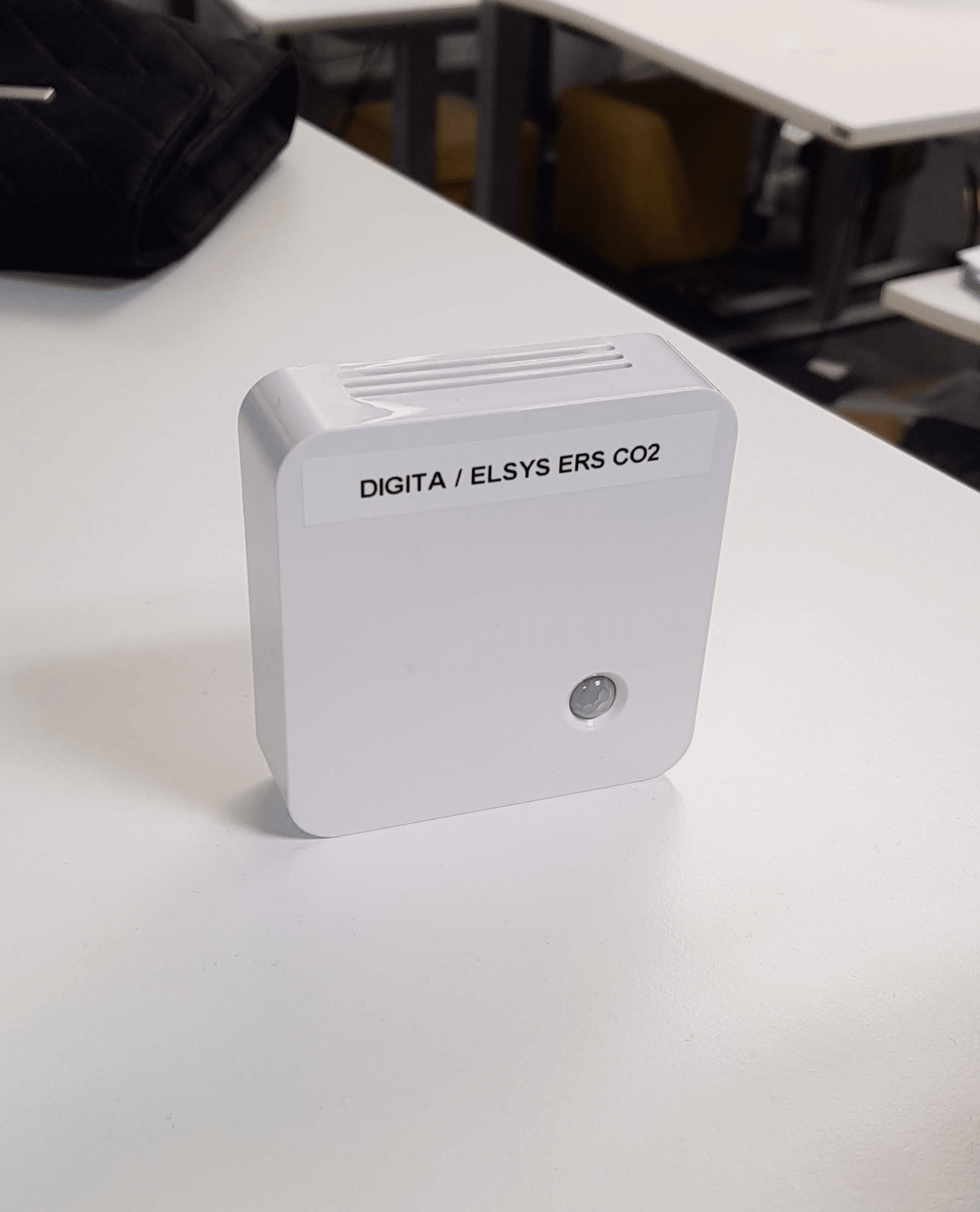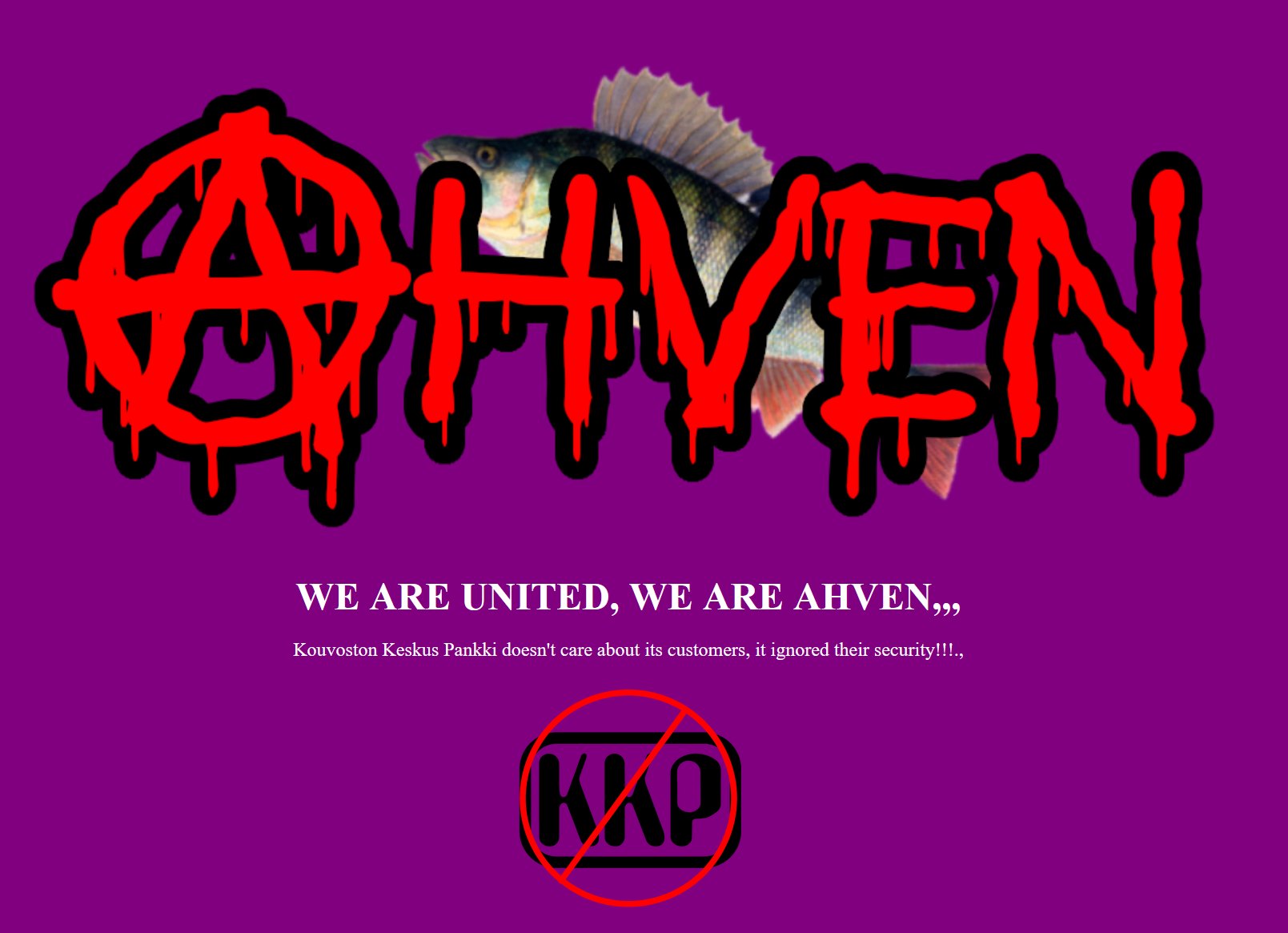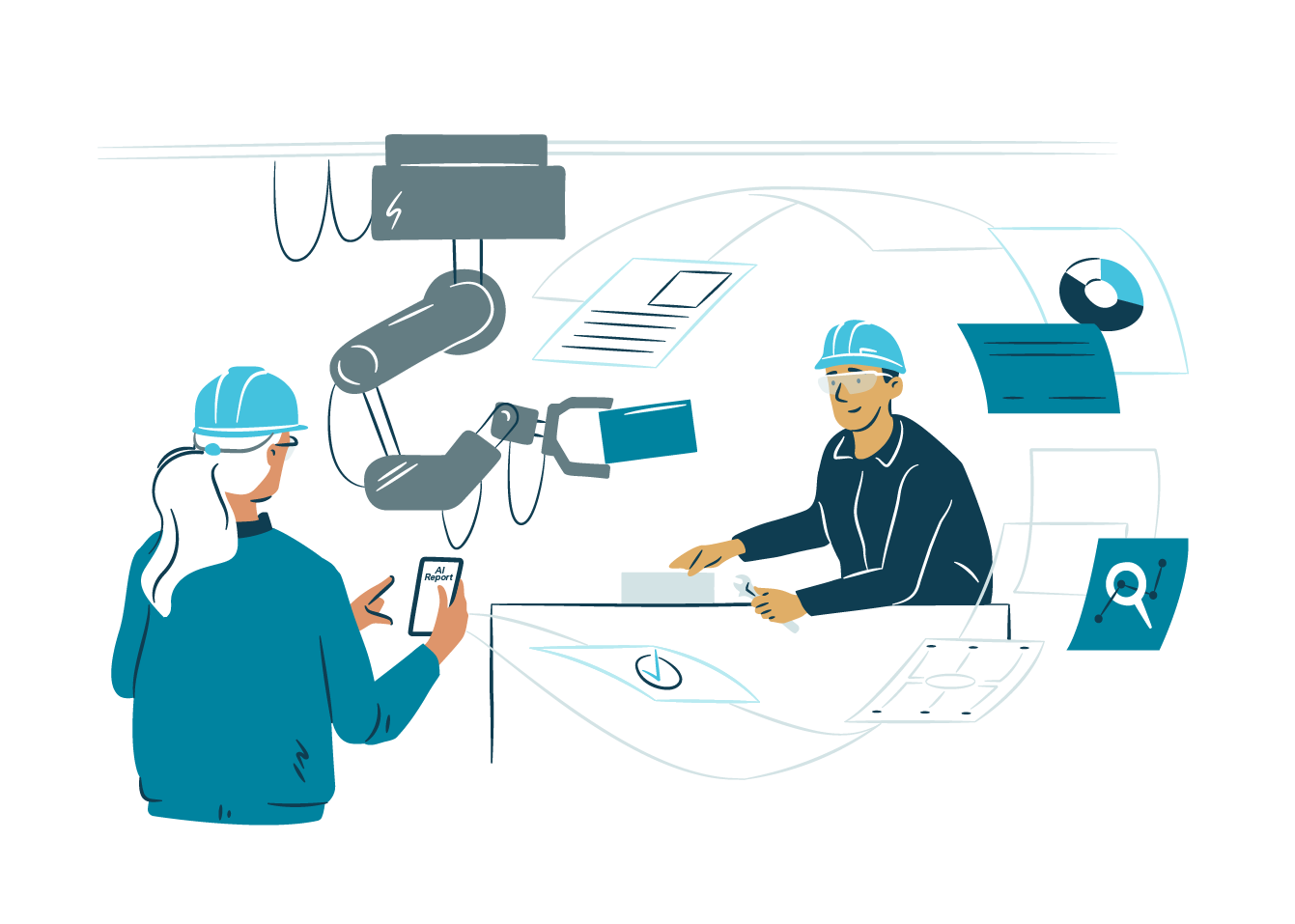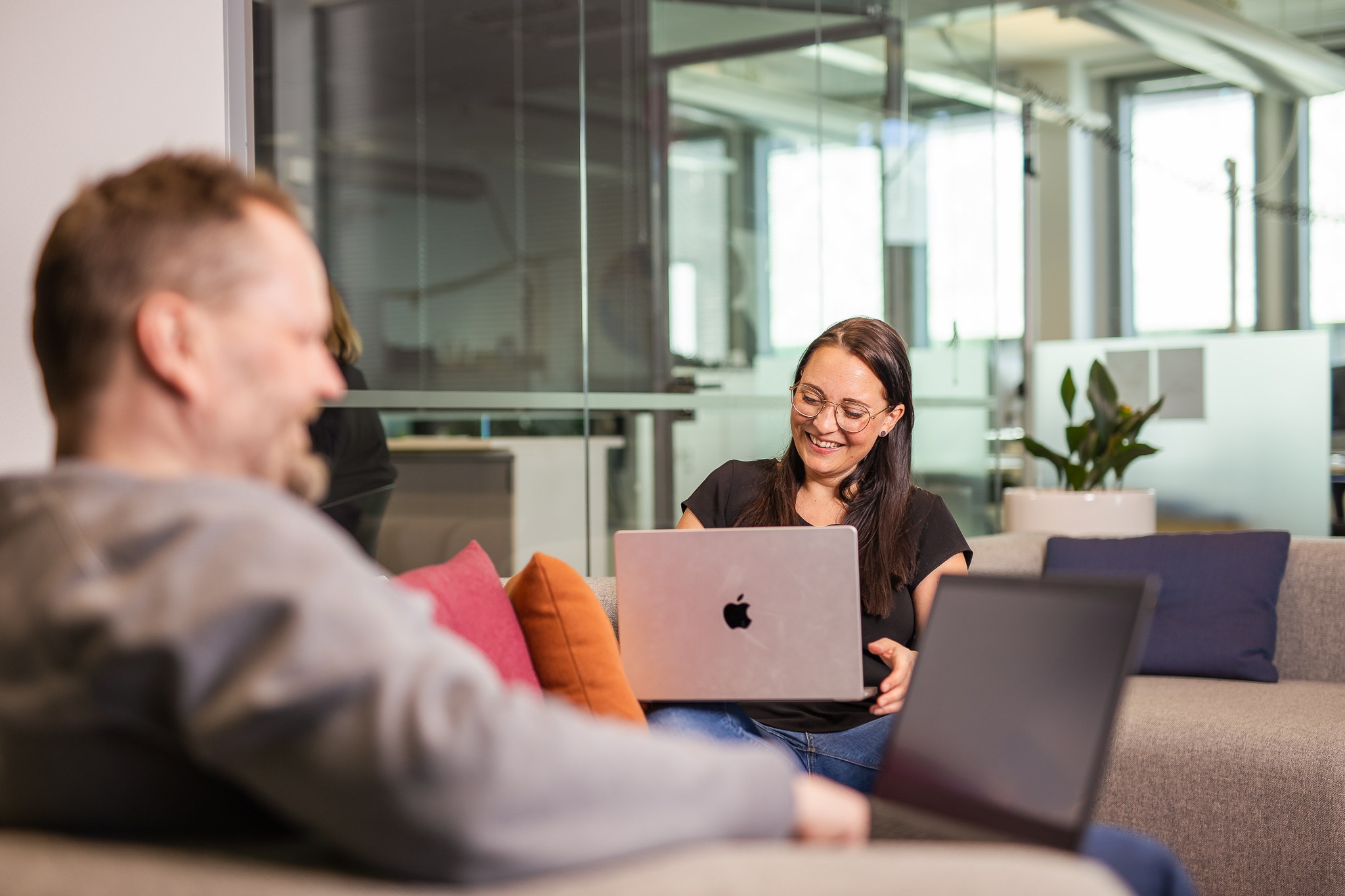In my last blog post I shared my ideas about some nice features our meeting room system should have – one was measuring air quality in meeting rooms. Soon after publishing the blog post, I got a call from Mika Flinck from Digita who offered a helping hand to develop this feature. After the call, Digita sent two Elsys ERS-CO2-sensors, which work on Digita’s Long Range Wide Area Network (LoRaWAN), for us to use for developing and testing purposes. The sensors can measure a room’s temperature, moisture, level of lightness and carbon dioxide (CO2).
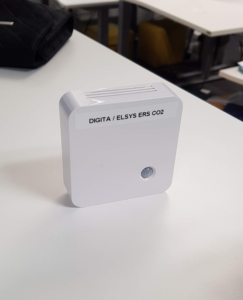
One of the Elsys ERS-CO2-sensors in Tampere.
LoRaWAN is a wireless Low Power, Wide Area Network (LPWAN) networking protocol which is administrated by the LoRa Alliance association. IoT-devices, which work in LoRaWAN, can have batteries that last up to 10 years due to the of low powered technology and typically devices send messages to the network infrequently, like every 15 minutes.

Architecture of the current solution.
In Digita’s LoRaWAN all messages and commands are handled via Actility Thingpark which works as a gateway between LoRaWAN and the Internet. In our case, Actility Thingpark will resend all messages in the JSON-format from LoRaWAN to Amazon Web Services’ (AWS) API Gateway. After that, the API Gateway sends messages to Lambda which decodes the Elsys payload and the decoded information is finally sent to our meeting room system in EC2. All client systems can get updated information from the server.
What is good room air quality?
For the meeting room system, I used several sources for gathering ideal values of good air quality. I preferred using information from the Finnish Institute of Occupational Health (FIOH) and The Organisation for Respiratory Health, which contained recommendations for air temperature and moisture according to seasonal and weather conditions. Also, working conditions give some frames for good room air quality. I used the following values for our meeting room system.
|
Moisture (%)
|
Carbon dioxide (PPM)
|
Temperature (°C)
|
|
|---|---|---|---|
| Good | 25 – 45 | < 800 | 20 – 23 |
| Bad |
0 – 25 or 45 – 70 |
800 – 1150 |
19 – 20 or 23 – 25 |
| Very bad | > 70 | > 1150 | < 19 or > 25 |
Limits are averaged from several sources and our daily work is in an office environment. Now the meeting room tablets can visualize the level of each metric using different colours. In the future, we will develop a feature in which all the limits are drawn on the timeline graphs and visualize any points exceeding these limits.
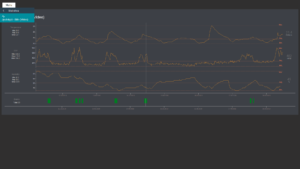
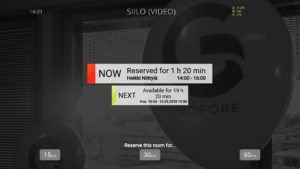
Last thoughts
LoRaWAN-sensors are very easy to handle, just configure and forget. In the ideal situation, you must change the battery in the sensor after a few years and nothing else needs to be done. Now the meeting room systems have configuration support where we can determine in which room the sensor is located. When a sensor is moved to a new location, we just link the sensor to the new room.
For measuring air quality, I have a vision of bringing peoples’ subjective opinions which will be combined with sensor data. This will make us smarter in terms of what is good air quality, especially when taking into account how many people were in the room. Maybe someday our Seppo-bot can ask a few simple questions after the meeting.
Big thanks for Mika Flinck from Digita for lending us the LoRaWAN-sensors for developing and testing purposes! This was a great opportunity to learn about LoRaWAN and develop our meeting room system further.
